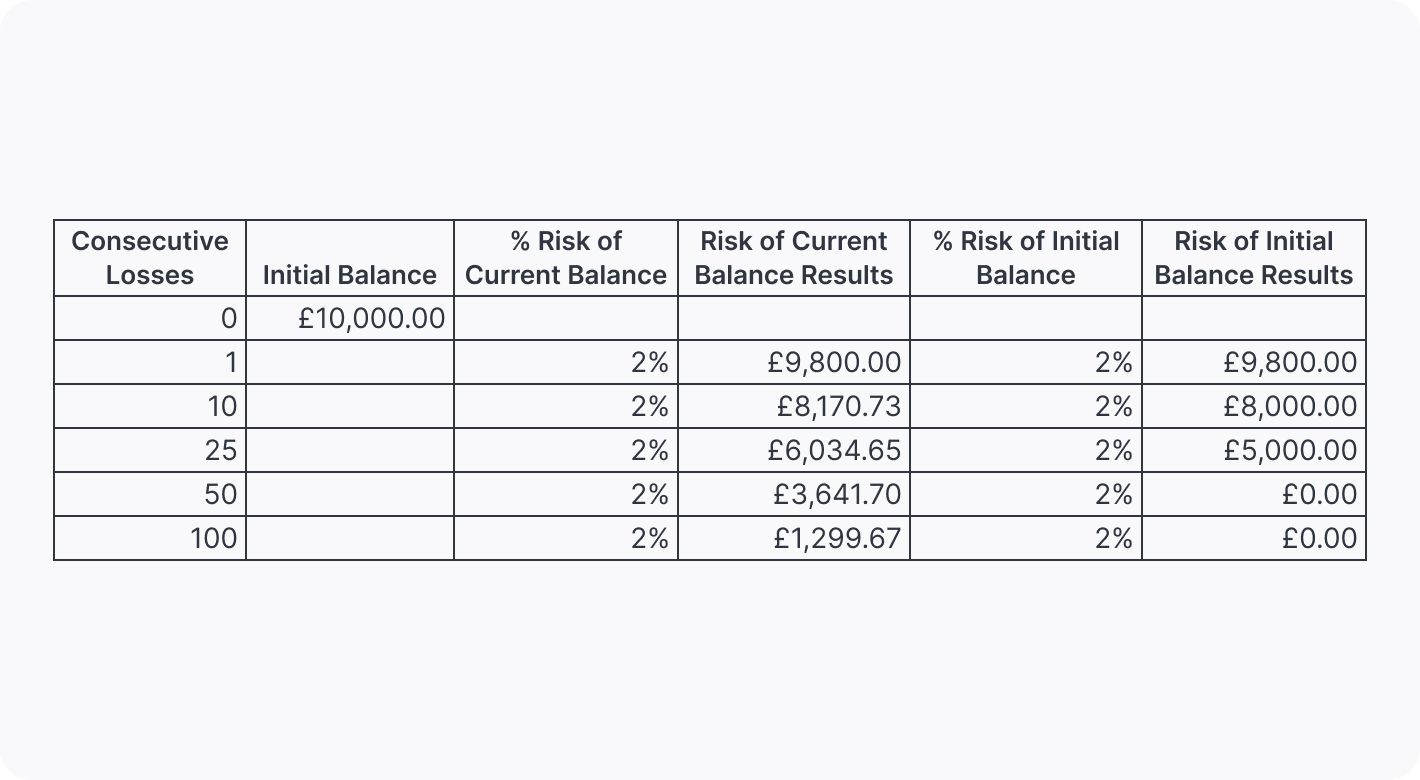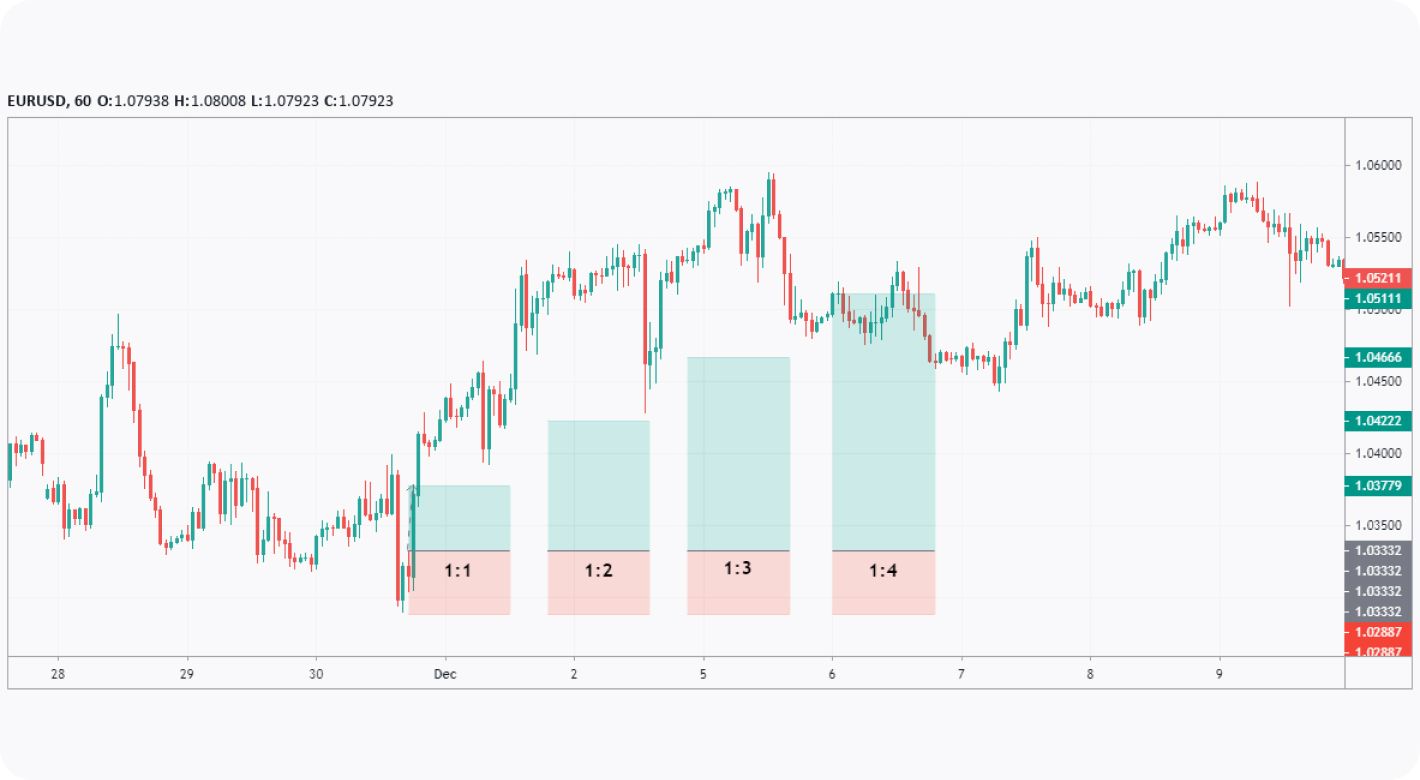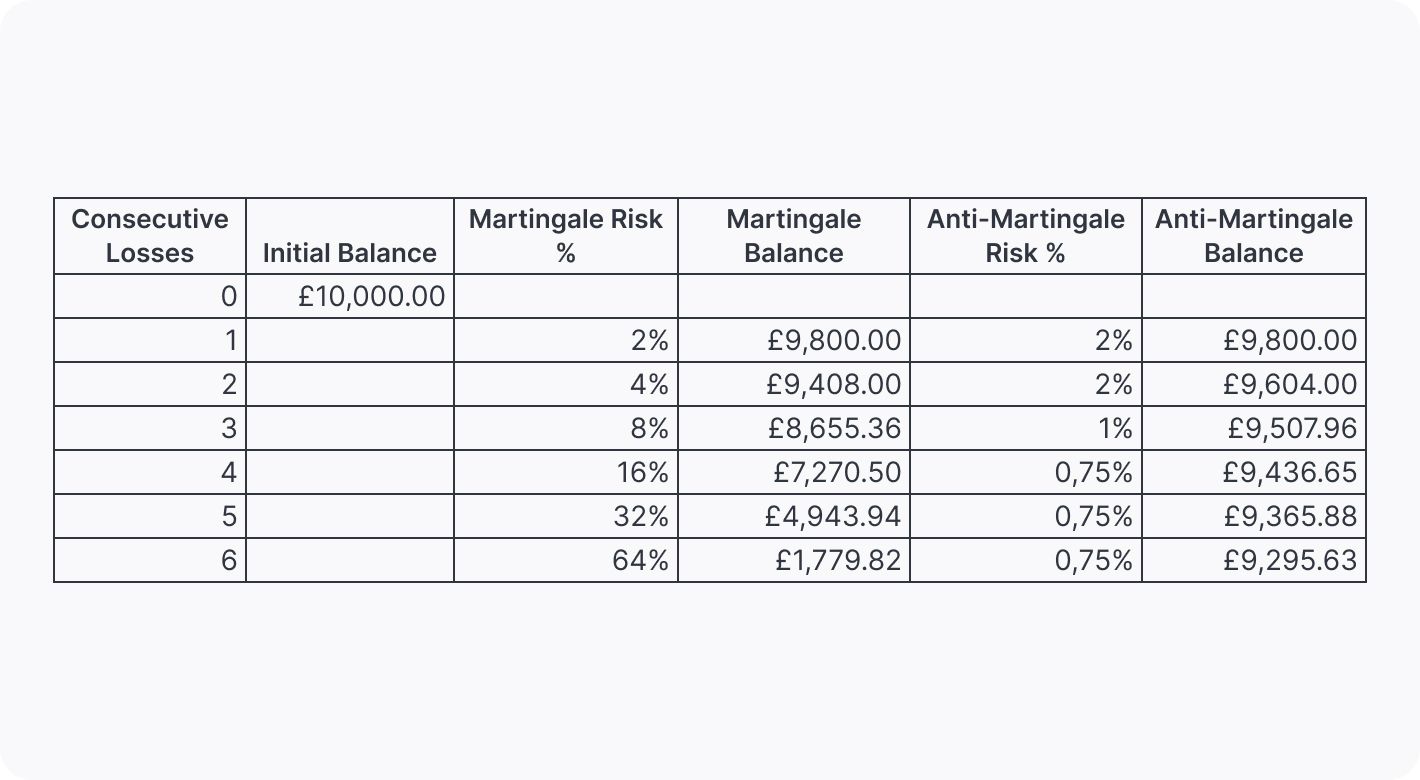FXOpen

Money management is one of the most frequently overlooked parts of trading. However, it’s one of the most important skills to learn as you embark on your forex trading adventure. In this article, we’ll show you six top tips for mastering forex money management and preserving your capital.
What Is Money Management in Trading?
Money management is a crucial aspect of successful trading. It involves employing rules and techniques to manage and grow funds. More specifically, its goal is to preserve a trader’s funds by minimising losses, maximising profits, and striking a balance between risk and reward. Good money management includes setting realistic risk/reward ratios, determining an appropriate position size, and using stop losses and profit targets.
While not the most glamorous aspect of trading, money management is vital to staying in the game and avoiding blowing up your account. Implementing sound money management can be a key determiner of success in forex trading, and learning how to manage your funds effectively could save you money and prevent you from experiencing heavy losses down the line.
Money Management vs Risk Management
It’s important to note that money and risk management are closely related but aren’t quite the same. Money management is the practice of preserving capital and maximising returns, while risk management is about identifying, analysing, and mitigating the potential risks involved in a trade.
Money management can be equated to creating a budget for your household and planning how to save money for the year ahead, focusing on preserving and growing your funds. Risk management in this context could involve setting aside some money for a rainy day or purchasing home insurance, reducing your exposure to risk.
In essence, money management aims to ensure that funds are properly managed and optimised for growth. In contrast, risk management is focused on reducing the potential negative impacts of unforeseen events. By combining money and risk management strategies, traders can increase their chances of success and minimise potential losses.
Tips for Creating a Money Management System
Creating a money management system for forex trading can seem daunting at first. But by following the six tips below, you’ll be able to build a solid foundation for a sustainable trading career.
1. Use Percentage-Based Position Sizing
The first step is to set a limit on how much of your capital you’re willing to risk on a trade at any one time. Your risk here refers to what you’ll lose if your trade hits its stop loss. Traders will typically risk anywhere from 1% to 3% per trade, depending on their style and strategy.
So, if you were trading a £10,000 account, risking 2% would mean losing £200. If you lost a trade and had a £9,800 balance, you’d then be risking £196, and so on. By risking 2% of your current capital on each trade, it would take 35 consecutive losing trades to take your balance to below £5,000 and 228 continuous losses to fall below £100.
Some people advocate using the same percentage of the initial balance, e.g., risking £200 on each trade, even if your balance falls to £5,000. While still requiring 50 successive losses to reduce your balance to £0, this strategy doesn’t consider your actual balance. It increases risk with each consecutive losing trade.

2. Establish Your Ideal Risk/Reward Ratio

The next step is to set your ideal risk/reward ratio. Using a ratio of 1:1, for instance, would entail risking £100 to potentially gain £100. A 1:2 ratio would mean risking £100 to earn £200.
The ideal ratio differs from trader to trader and depends on your strategy. If you know your strategy carries a lower win rate, your average risk/reward ratio will need to be greater than a strategy with a higher win rate. For example, if your win rate is 50%, you’ll need a 1:1 risk/reward ratio for each trade to break even. If it’s 25%, a 1:4 risk/reward ratio is necessary to break even.
With a 1:1 ratio, even if your win rate averaged out at 51%, you’d have a positive expectancy, i.e., over a long enough period of time, you’d make money. However, many traders aim for a minimum of 1:2 or higher, which means they’d need a 33.33% win rate to break even.
In practice, traders typically avoid taking trades that don’t meet their minimum risk/reward ratio. If you’re not sure where to start, you could try looking for trades with at least a 1:2 ratio. You can also access live charts on TickTrader to backtest your setups and figure out what your strategy win rate is likely to be, which will allow you to get a rough idea of your preferred minimum risk/reward ratio.
3. Set Stop Losses and Profit Targets
One of the most fundamental aspects of forex money management strategies is setting stop losses and profit targets. This means that when you enter a trade, you set predetermined levels for when you’ll exit if the trade moves against you and when you’ll exit if the trade moves in your favour. Not only do these techniques allow you to define rules of when to close a trade, but they’re also necessary to establish a risk/reward ratio.
However, profit targets won’t work just being set at a level that would get you out at your preferred risk/reward ratio. Instead, they work when placed at a technical area, like a key support or resistance level or prominent swing highs or lows. These areas are where the price is most likely to reverse, increasing your chances of locking in profits at an optimal point.
Some traders also choose to take partial profits along the way. This tactic can help traders to take risk off of a trade while still giving their position room to reach its overall target. Setting predetermined levels to take partial profits can also help traders avoid impulsive decision-making by giving them a clear plan of how they want to gradually exit their position.
Above all else, following your trading plan and resisting the urge to move your stop loss prematurely is essential. As many experienced traders will tell you, tightening your stop before a big move has happened will often leave you frustrated when you get stopped out before your prediction is proven correct.
Widening your stop post-entry is even more dangerous. It not only increases your risk on a given trade, but it also goes against your original plan and can be a sign of emotional trading. Stick to your stop loss and profit target levels, and don't let emotions get in the way of a well-thought-out strategy.
4. Employ the Anti-Martingale Method
The Martingale method refers to a money management system where a trader increases their position size after a losing trade to recoup previous losses. Using our 2% risk example, the trader would lose 2% of their capital, risk 4%, then 8% if they lose again, and so on. As you can see, this is an incredibly risky strategy.

Instead, many traders choose to employ the anti-Martingale strategy. Instead of increasing their risk after each loss, they reduce it. So, after two consecutive losses at 2% risk, a trader might reduce their risk to 1%. If they lose again, they might drop it to 0.75%, and so on, only returning to 2% once they have a couple of winning trades. This strategy is an effective way to manage your capital and is much easier to deal with in an investing psychology respect since you’re not racking up significant losses.
5. Keep Detailed Records of Your Trades
If you were creating a budget for your household, wouldn’t you want to revisit it frequently to make sure you’re on track? Similarly, forex traders keep detailed records of their trades to track progress, refine their strategy, and stay on top of their money management. This includes logging wins and losses, writing out reasons for taking a trade, and reviewing the trade’s outcome.
In doing so, you highlight areas of improvement only visible in hindsight and grow your trading skills. You might notice that a particular aspect of your strategy keeps getting you stopped out, or that your trades often run much further than you initially anticipate, both of which can help to optimise your forex money management strategy.
6. Only Trade What You Can Afford to Lose
Finally, it’s vital to never trade with more money than you can comfortably afford to lose. When paying rent or feeding yourself and others is on the line, trading no longer becomes enjoyable. Instead, every loss is magnified by the looming possibility that you might not have enough money to pay the bills. Conversely, each win won’t feel like enough, causing you to overtrade, chase losses, and not stick to your plan.
The simplest solution is to deposit an amount that wouldn’t have much of an impact on your finances if you lost it in the street. If your balance drops to zero, stop trading, and wait until you have enough disposable funds to try again. In the meantime, you can work out why your trades resulted in losses and implement stricter money management rules for the future.
You could also choose to open a demo account offered by us at FXOpen and paper trade until you feel ready. This will allow you to practise your skills in live markets without risking real capital.
Final Thoughts
In summary, a comprehensive forex money management strategy is critical if you want to crush the markets. Even with the best strategy in the world, you won’t be successful without proper money management. It’s important to take a risk-based approach to position sizing and understand the relationship between risk/reward ratios and win rates, and protect your capital at all costs.
If you’re wondering where to go from here, you could save these six tips on your phone or computer under “forex mgmt” and refer back to them as needed. Then, when you’re ready to start implementing them for real, you can open an FXOpen account to start trading and refining your forex money management skills.
This article represents the opinion of the Companies operating under the FXOpen brand only. It is not to be construed as an offer, solicitation, or recommendation with respect to products and services provided by the Companies operating under the FXOpen brand, nor is it to be considered financial advice.
Stay ahead of the market!
Subscribe now to our mailing list and receive the latest market news and insights delivered directly to your inbox.








